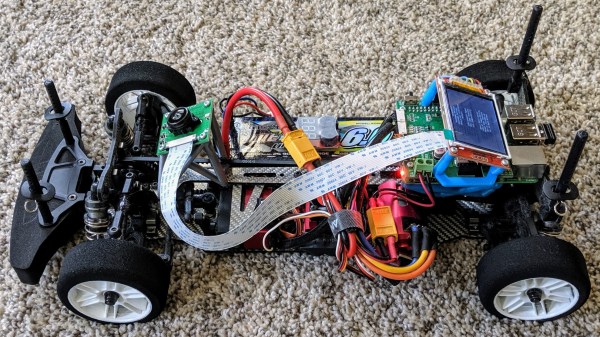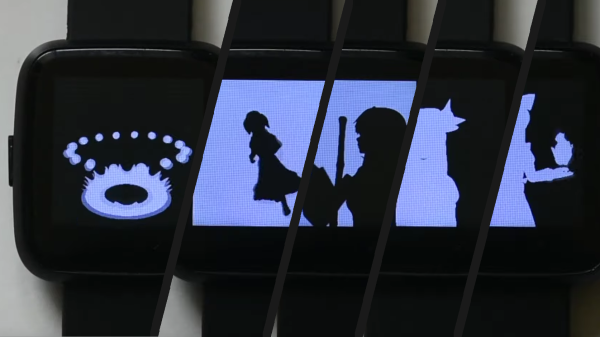If you’ve ever seen a painting in which the eyes follow you around the room, you might have found that a bit uneasy. [CuriousInventor] has taken that concept further with a skeleton that literally holds a gaze on anyone in its field of view.
The heart of the system is a Raspberry Pi Zero, fitted with a Pi Camera. Running OpenCV, code is set up to track humans and turn the skeleton’s head to face any that are detected. This is achieved via a servo in the skeleton’s neck. A servo bonnet is used to drive the servos without unnecessarily straining the Raspberry Pi.
The skeleton itself doesn’t look modified in any way, though most of the electronics are mounted inside a pretty obvious plastic box. We’d love to see a version 2 with all the hardware housed neatly inside the skull.
It’s a fun hack that makes for an enjoyable Halloween decoration. OpenCV can do other useful things, too, however, like spotting weeds. Video after the break.
Continue reading “Skeleton Watches You Intensely Because It’s Halloween, Okay”



















